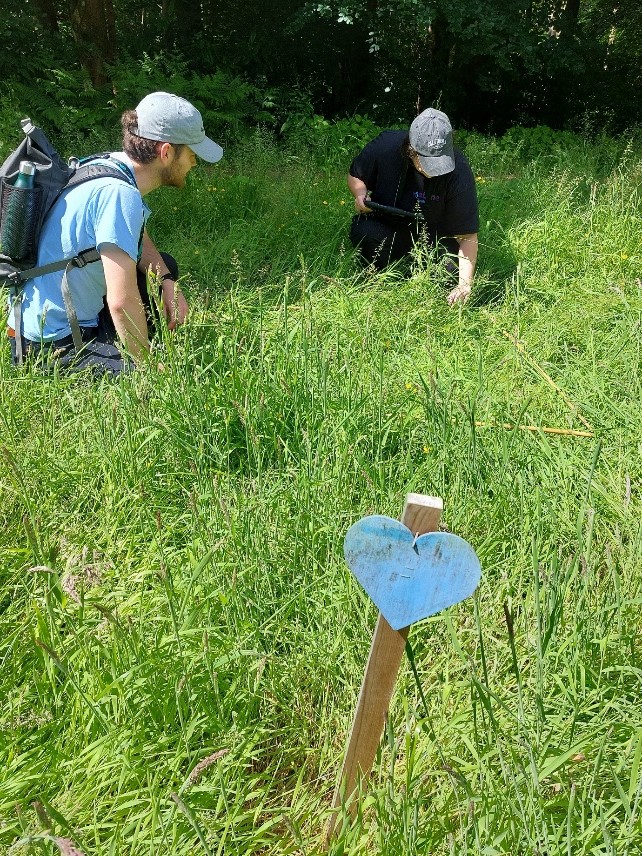Strengthening B-lines
Reversing insect decline in Haslemere: Churt Road wildflower verge project
The alarming extent of insect declines in the UK has been highlighted once again by the latest ‘Bugs Matter’ survey1. Led by Kent Wildlife Trust and Buglife, the survey is supported by a nationwide network of volunteer citizen scientists who record insect splats on their vehicle number plates after journeys. Analysis of records from nearly 26,500 journeys across the UK shows the number of splats decreasing by 78% between 2004 and 2023.
Insects pollinate crops, provide natural pest control, decompose waste and recycle nutrients, and underpin food chains that support birds, mammals and other wildlife. Without insects, the planet’s ecological systems would collapse.
The creation of a 750m-long wildflower verge on Churt Road is just one example of a local initiative designed to reverse insect decline. Partners include the National Trust, Haslemere Town Council, Buglife Uk and the Haslemere Biodiversity Group. As reported previously, the central portion of the verge will be left uncut until mid-summer with the verge edges being cut regularly by Haslemere Town Council to allow local residents to walk along the pathways on either side. The grass will be cut and removed to reduce nutrient levels in mid-summer, followed by harrowing and seeding of a native meadow flower mix in September. A recent biodiversity audit of the site, conducted by aLyne Ecology Ltd, will provide a baseline for monitoring changes in number and diversity of species present.
This verge will make an important contribution to the Haslemere B-Line, part of a national network of insect superhighways that aims to restore and create wildflower-rich habitat stepping stones to benefit insect pollinators, other wildlife and people2. Look out for posters and flyers providing more information on this project plus useful tips for residents on how to help out by creating wildlife-friendly gardens.
Author: Philippa J Guest (Dr), Chair Haslemere Biodiversity Group (info@haslemerebiodiversity.org)
References:
